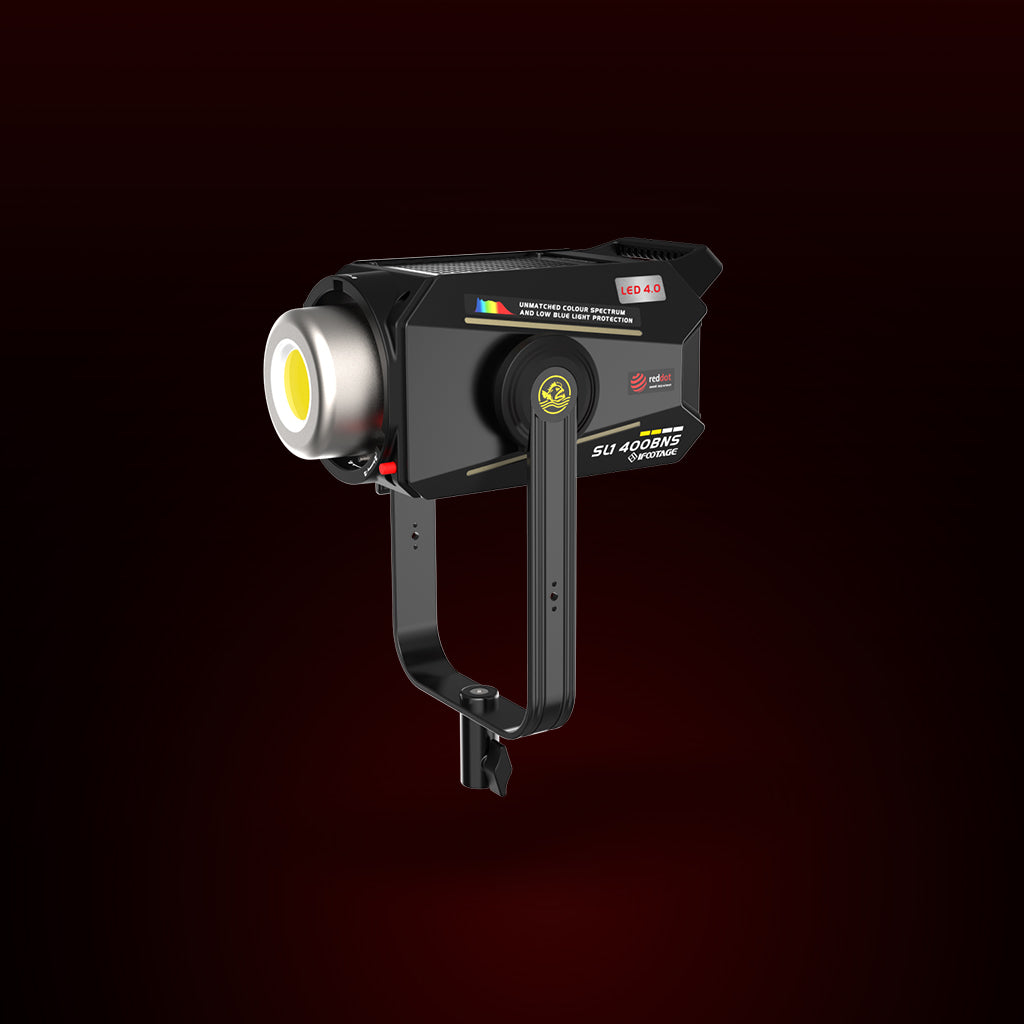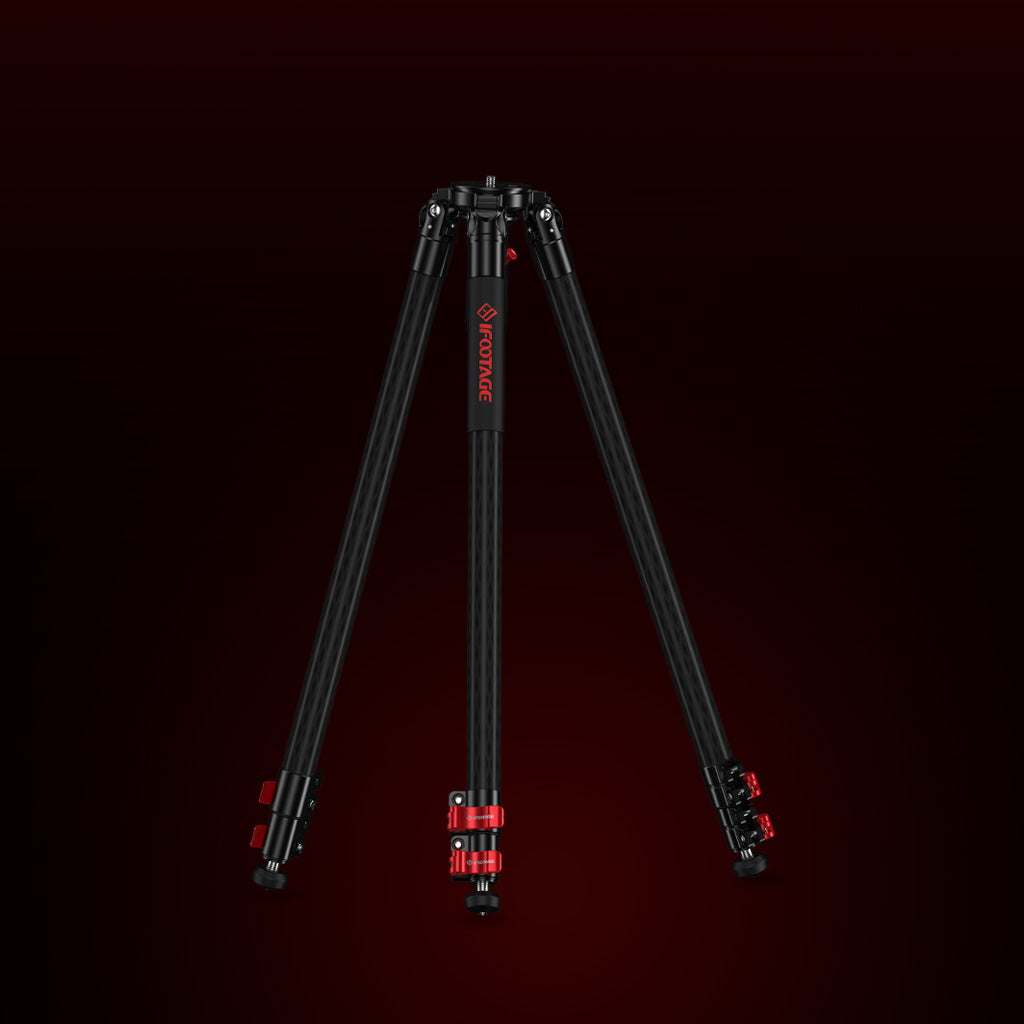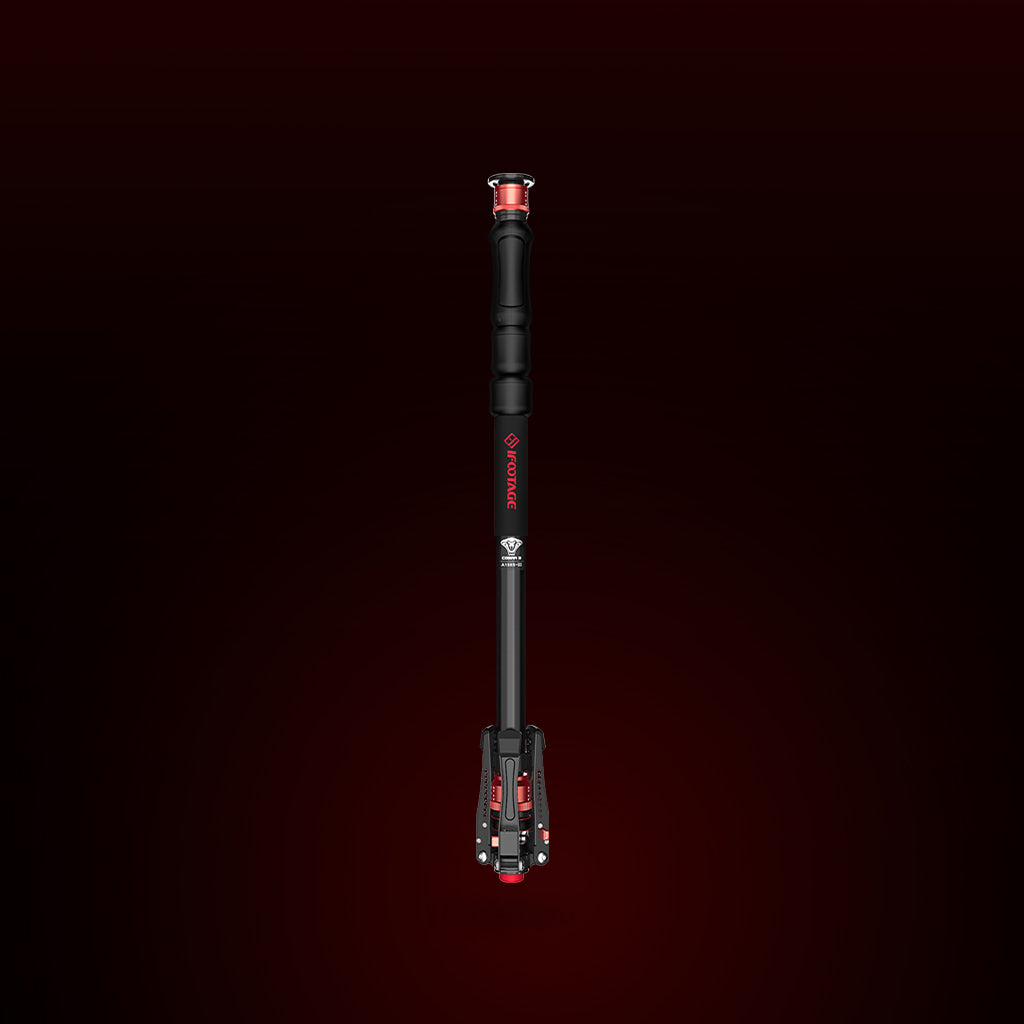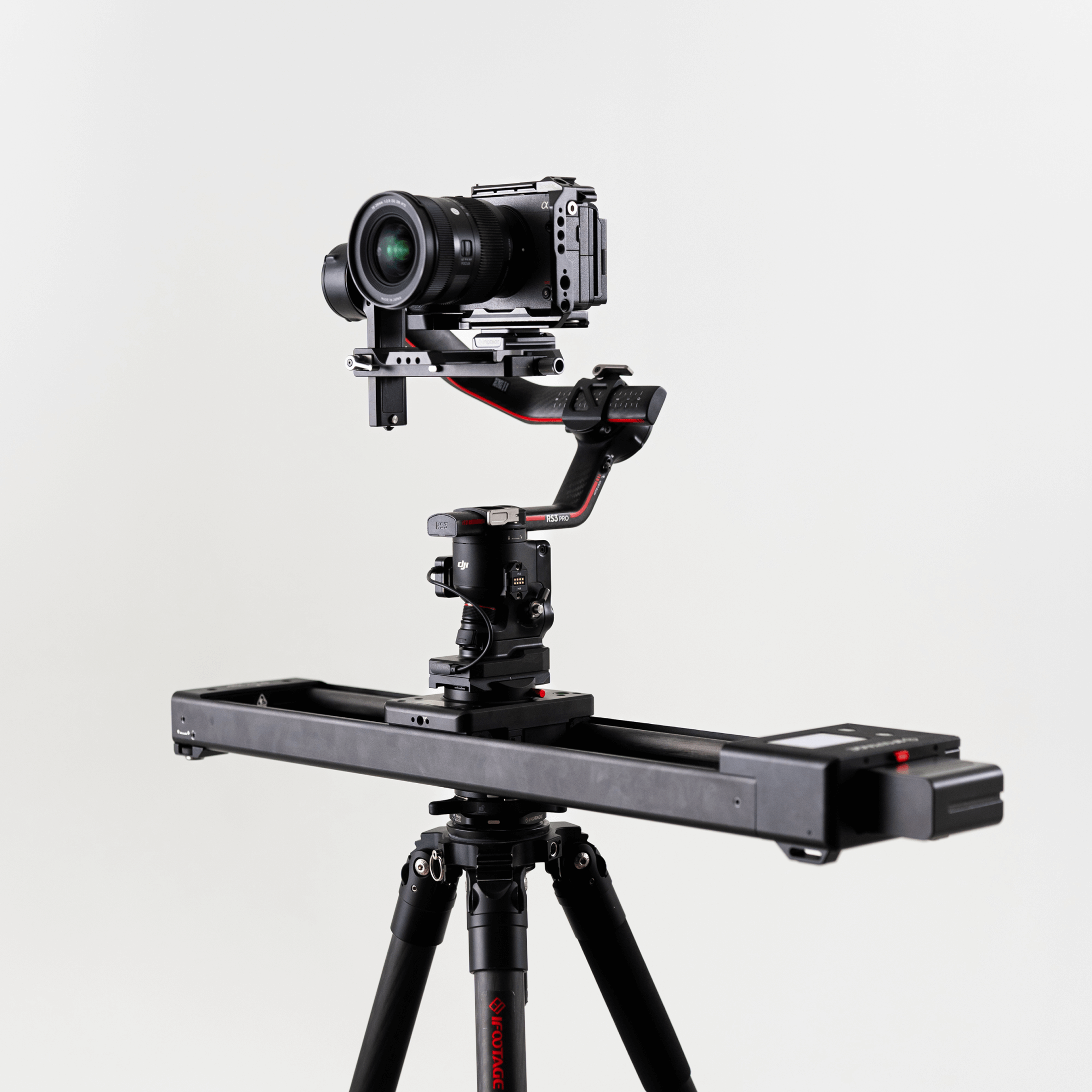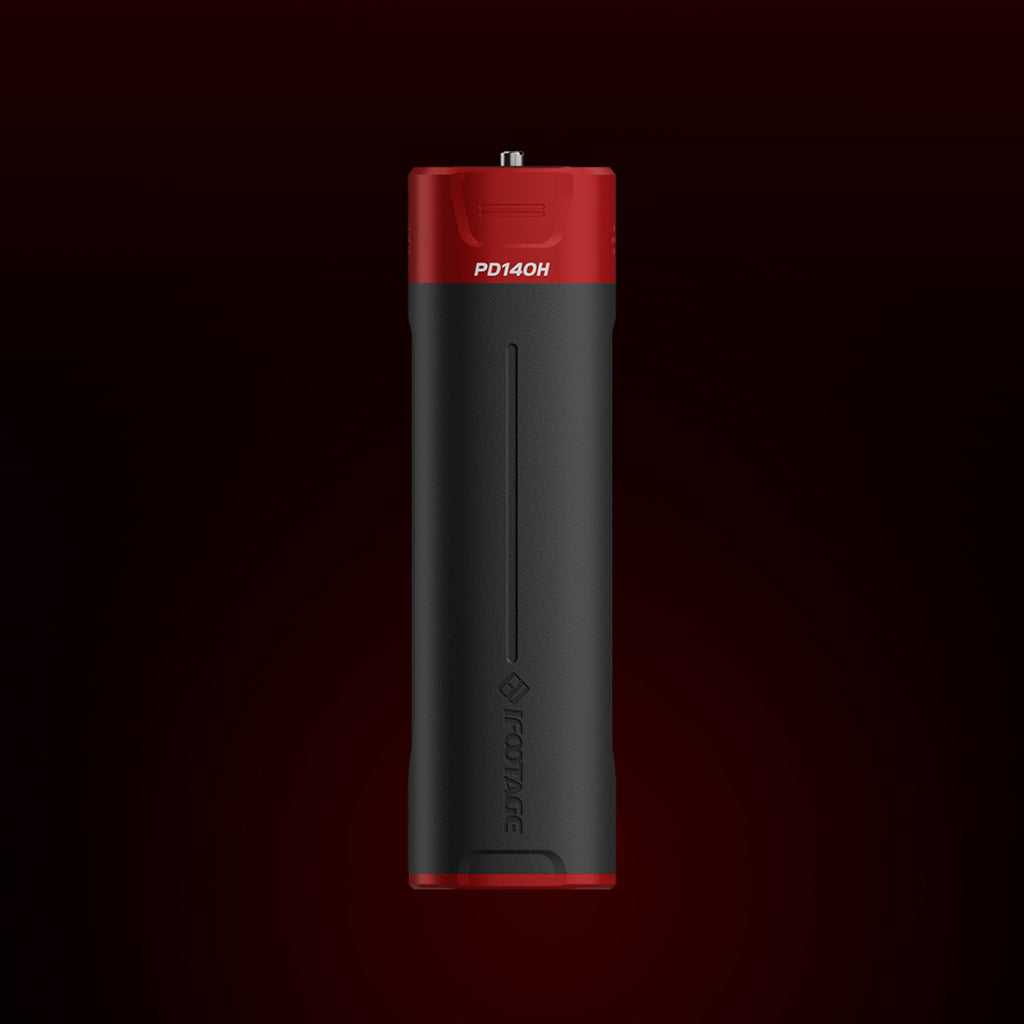Why should tripods have the monopoly-say hello to the monopod!

When is one leg better than three legs? When it’s a monopod with three feet!’
We seldom think about the monopod and now is the time to reconsider this previously overlooked and somewhat underrated, but increasingly versatile, piece of support kit.
I’m not about to bore you with a monotonous, monologue (see what I did there) which eulogises this single legged camera support, but I will simply point out why it is worth adding to your essential kit list and suggest a few possible uses..
8 reasons to use a monopod:
It’s quick and easy to set up. Ideal, if you are on the move and need to record at a moment’s notice.
It’s lightweight, totally portable and fits onto your camera bag – perfect if you’re trekking to out of the way locations and more importantly, it fits neatly into your hand luggage for those low cost air flights.
With the addition of a good quality fluid head, it will give you smooth camera pans and tilts.
It will consistently provide reliable and steady camera support when using a long tele lens, especially when using its sturdy tri-feet.
It allows for the use of slower shutter speeds which will provide greater depth of field and sharper shots.
Its adaptability will get you out of a number of tight spots especially if you are trying to record in one or you just need to get some height for your camera eg over the heads of a crowd. Some monopods will extend up to 1.8 meters and conversely, if you require shots close to the ground the monopod base will instantly provide you with a mini tripod.
With imagination and practice it’s possible to create unique and beautiful camera movement with this simple pod.
It also has a very affordable price tag!

Monopods create visual interest
Whilst tripods will, by definition, always function with three legs, this can in itself, be somewhat limiting and can sometimes result in a locked off or slide show look to video work. When you master the monopod as an extension of both you and the camera, it’s possible, with some practice, to develop a number of very useful, professional camera movement techniques which will provide additional value to your production.
The first thing to remember is that the monopod has its limitations but this very fact offers increased freedom of movement. Let’s start at the bottom and work our way upwards.
It’s all in the foot action.
Good quality monopods will have a tension adjustable ball at their base. If you rest your foot on one of the monopods’ feet you are able to stabilize it, then, holding the camera at arm’s-length you can produce 90, 180 and 360 tracking or something similar to a slider shot. Simply, by smoothly arcing the camera from left to right, you have movement. By tilting the head at the same time, you have created further movement and by adjusting the focus ring, yet even more movement.
Let’s focus
This technique allows camera movement to determine subject focus. Using the above setup, the camera is pivoted forward or backward bringing selected subjects in and out of focus whilst still retaining movement. Attaching a half metre strap to the monopod, under the head, will extend this movement even further still and you can attain as little or as much movement as you desire.
Follow focus:
This same technique can be used to achieve ‘follow focus’, but this time using the camera movement and focus ring simultaneously.
Get some height
Monopods are increasingly being used by camera operators involved in news gathering as they can offer instant height, allowing you to get the shots you need over the heads of your competitors. Combine two monopods and you’ve just made the perfect pod for a 360 degree camera.
Go monomad!
Make your own human jib by placing the feet of the monopod against your chest and holding the strap to create a crane or jib arm which will provide both height and movement. You’ll need to practice this one in order to get it right and graciously accept some humorous commentary from colleagues.
Practice makes perfect
The only thing limiting you may just be your imagination. Throw caution to the wind and experiment with your monopod, be creative, innovative, explorative. Set no boundaries. Think of the many possibilities for imaginatively using this versatile and simple piece of support kit.
Minipod for low shots
The best monopods around have a detachable base offering you the useful option of a minipod for all those low angle shots. This also provides an interesting visual dynamic as you are still able to tilt and pan but with the lens just inches above the ground. Versatility in action!!
In summary
A decent quality monopod should be an essential part of your DSLR support kit no matter what type of production you are making. Whether it’s run and gun style, urban documentary, weddings, nature, sports or drama short, make sure that you have your monopod and your imagination with you!
You can watch all videos via the playlist below.

